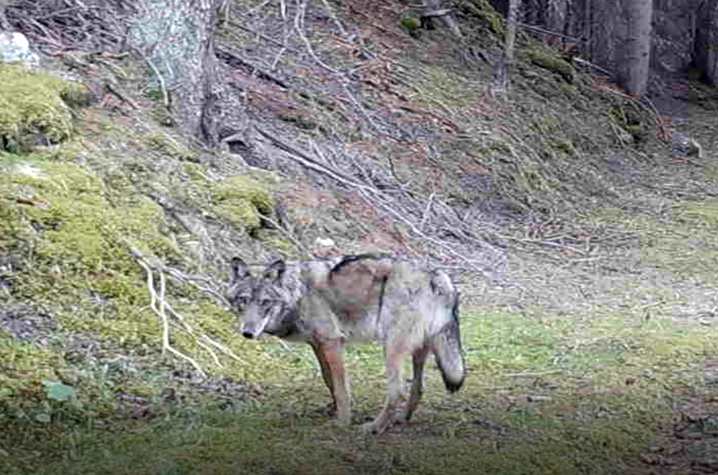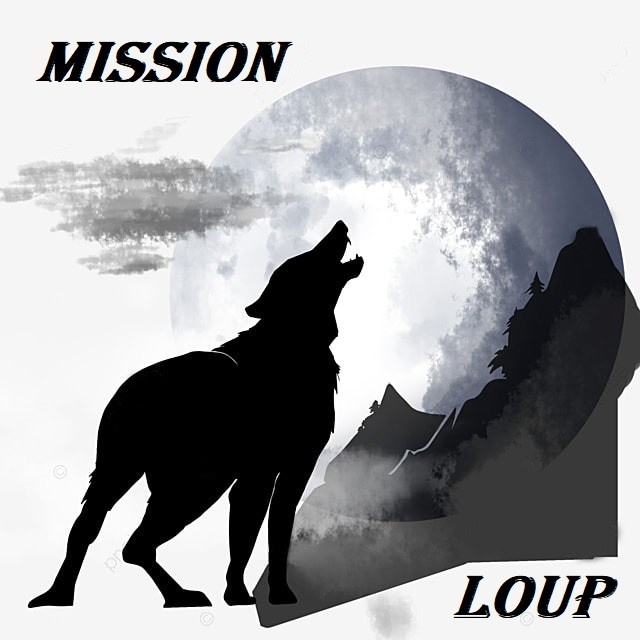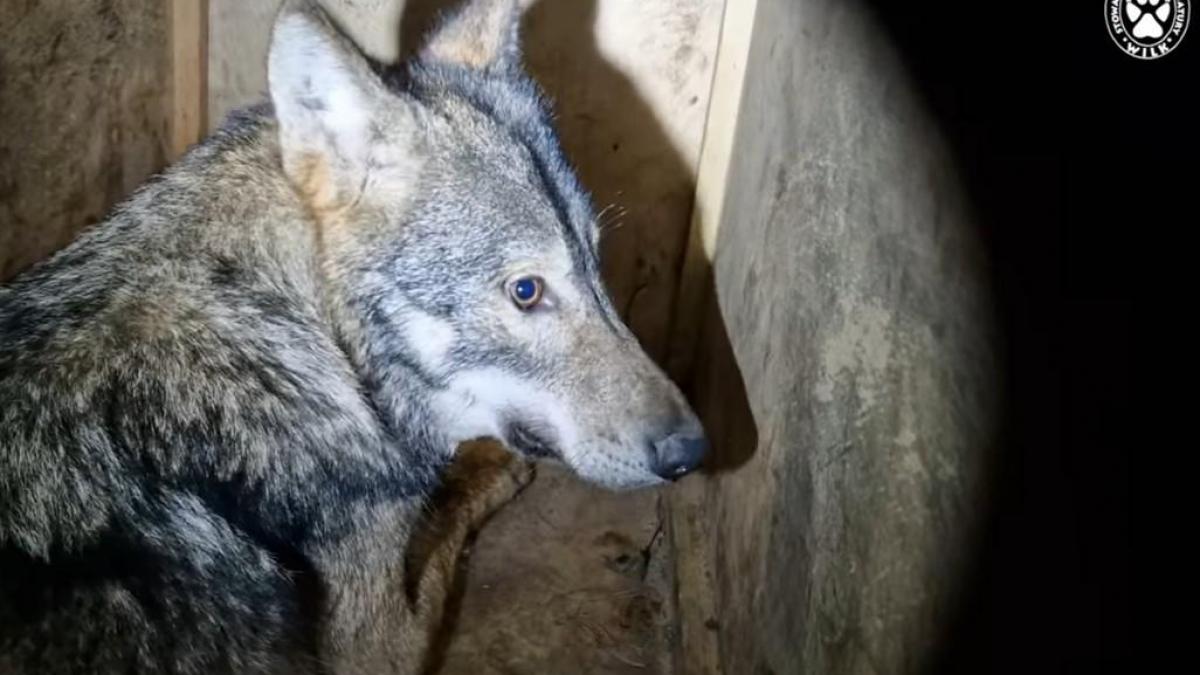We won't hide the fact that our team has spent 4 difficult months, between the announcement of the shooting of the Arsene's pack, our attempts to stay optimistic, which then turned into deep concern and despondency. We often talk about the emotional side for farmers, who love their animals and suffer from their losses, which is totally understandable, legitimate and necessary to recognize. This aspect was also present for our team, who had been working with the pack for more than two years. We therefore created a bond and felt a certain attachment to its members, for one in particular.
From the beginning of December, the shootings followed one another at breakneck speed, with 8 wolves killed in the Arsene pack's territory in...16 days ! The counter made our hearts break out in a cold sweat, even though we knew that wolves were bound to be shot. We weren't at all surprised by the pressure on this pack, but we were considerably worried by the frequency. At the end of the two months of regulation, 9 wolves had been shot in the pack's territory which, according to our counts and genetic surveys, corresponded to the number of individuals present in the territory at the end of November.
We won't hold the suspense any longer : despite this figure, which made us fear the worst, Arsene's pack is still there ! According to the latest news, 4 wolves have been seen on the territory : our breeding female and, possibly, the sub-adult and one or two cubs 2023. The shots hit one or more members of the neighbouring pack, in a buffer zone we'd spotted and which was occupied more frequently by this pack. We'll wait for the full genetic results, but it's clear that an adult male shot in early December did not belong to the Arsene's pack. There is a high probability that he was, according on field surveys and knowledge of how the wolf functions, the new breeding male of the neighboring pack, the former one had been shot down last autumn. Science will soon speak for itself, but the good news is that Arsene's pack has not been exterminated, nor has any other pack in Valais. At the end of winter, all the packs affected by the proactive control shootings still have between 2 and 5 members.
The Arsene's pack has therefore lost at least 6 members, including 2 adult males. Except for the breeding female, we do not have the identity of the other 3 individuals observed and monitored since the end of the regulation phase. Reproduction in 2024 seems unlikely, but knowing how wolves work and their extraordinary capacity for adaptation, like that of nature, nothing is impossible. As the dispersal phase takes place during the winter, a dispersing male may have taken advantage of the disorganization caused by the massive shooting. In other packs affected by the loss of a breeding male, it is also possible for a 2-year-old sub-adult, present in the pack and having reached sexual maturity, to breed with its mother. We'll go on monitoring the pack's development and see what will happen in the coming months.
We'll be able to study the consequences of intensive shooting within our pack. The information gathered will enable us to, if the Ordinance allows us the time, to better understand this uncontrolled aspect of regulation, as well as the resulting consequences, both for the wolf and for any stagnation/decrease or increase in attacks on livestock.
We hope that consultation on the Ordinance over the next 2 months will lead to some much-needed awareness-raising on points and practices that are highly contentious for a species that remains strictly protected. Rushing is never advisable and rarely successful, especially when it results from decisions that are not based on facts (scientific ones in this case).
Our team is now much larger, more present and highly motivated. We'll give you some news from Arsene's pack very soon !
We'd also like to thank everyone who sent us messages, offered their support and requested information during the regulation phase - THANK YOU !
Article : TML - Wolf Mission
Photo & video : Wolf Mission


